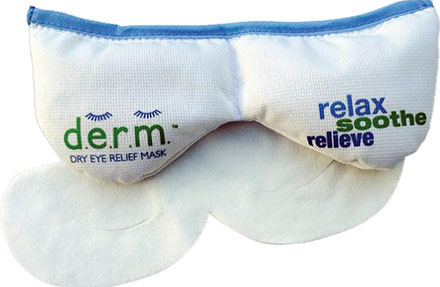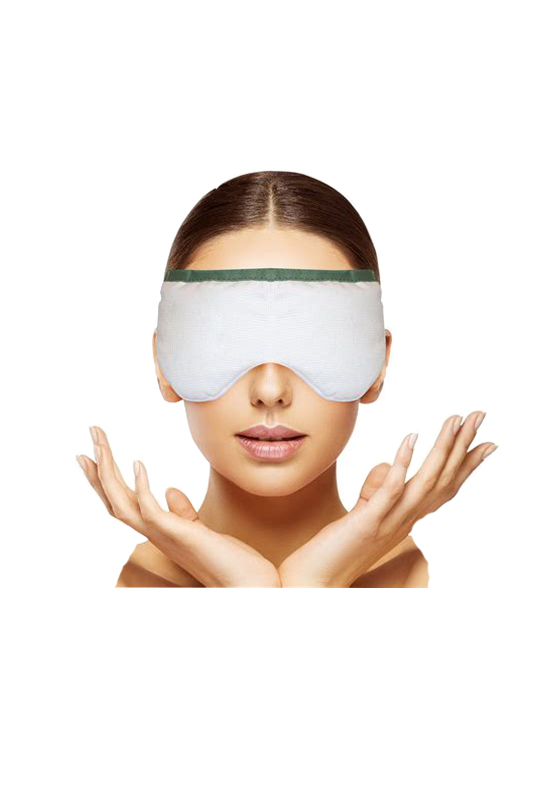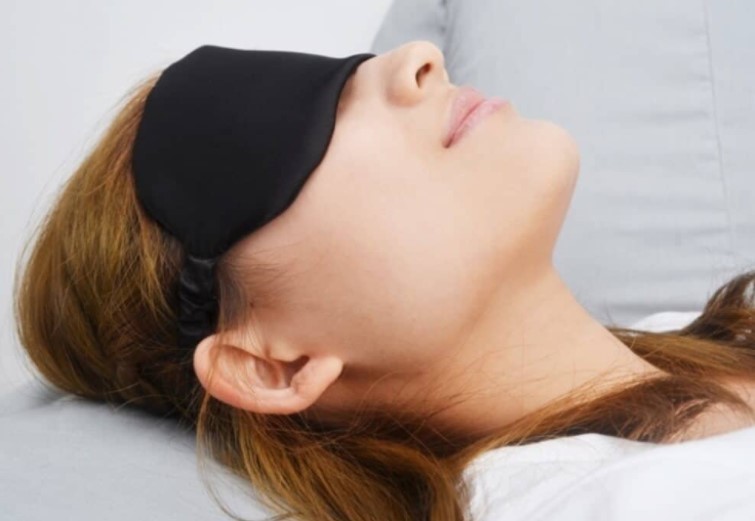
Among them, 25 underwent SMILE, and the remaining 12 underwent LASEK. measured by Lipiview and calculation method recommended in the Cochrane Handbook (SD change= 1/2, the correlation between baseline and endpoint was set to 0.5), a sample size of 14 participants was required to detect a treatment effect in TFLLT of 16.90 nm, with a standard deviation (SD) of 22.06 nm, with 80 % power at the 5 % level of statistical significance. Sample size was calculated by Power and Sample Size Calculators ( ). All participants were fully informed and gave written consent for publication of this information. The study adhered to the tenets of the Declaration of Helsinki and was approved by the Ethical Committee of the Fudan University Eye and ENT Hospital Review Board. Participants were recruited between July 2017 and October 2017 at the Department of Ophthalmology, Eye and ENT Hospital of Fudan University (Shanghai, China). Here, a novel instrument was employed for assessment of dry eyes to determine the effects of WC on tear film thickness and Meibomian gland function as accurately as possible in post-operative patients. Warm compress (WC) is effective for relieving dry eye syndrome or Meibomian gland dysfunction (MGD). Nevertheless, as neural damage cannot be avoided completely, post-operative dry eye is still a common complication following SMILE and LASEK. As both SMILE and LASEK avoid stromal flap creation, fewer corneal nerve fibers are severed, with concomitantly faster regeneration of the corneal nerves and recovery of corneal sensation relative to traditional laser-assisted in situ keratomileusis (LASIK) or femtosecond laser assisted LASIK (FS-LASIK). Laser-assisted subepithelial keratomileusis (LASEK) is a surface ablation procedure, which creates an epithelial flap only on the cornea. A refractive stromal lenticule is created using a femtosecond laser and extracted through a small peripheral incision, thus modifying the corneal shape and correcting refractive errors.

Small incision lenticule extraction (SMILE) is the latest keratorefractive procedure. With the benefit of novel techniques, especially the application of femtosecond laser in ophthalmology, keratorefractive procedures are now less invasive and safer, and correct refractive error more accurately than in the past. With the incidence of myopia increasing globally, keratorefractive procedures have gained widespread popularity in recent decades. Future studies are required to investigate long term clinical efficacy and safety.

WC may temporarily increase tear film thickness and stability, decrease partial blink, and partly augment Meibomian gland function in dry eye patients after corneal refractive surgeries. Max-TFLLT variation was correlated with that of TMGS ( p = 0.020). TBUT variation was positively correlated with that of Ave-TFLLT and TMGS ( p = 0.046, 0.028, respectively).

The decrease of PBF was higher in SMILE subgroup than in LASEK ( p = 0.030). Partial blink frequency (PBF) and partial blink rate (PBR) decreased ( p = 0.002 in both cases). ResultsĪfter WC, the following mean values all increased relative to baselines: CCT, SE, minimum (Min-), maximum (Max-) and average (Ave-) TFLLT, TBUT, total MGS (TMGS), number of glands secreting any liquid (MGL), and complete blink rate (CBR) ( p values ranging from < 0.001 to 0.042).

Tear film break-up time (TBUT), tear film lipid layer thickness (TFLLT), blink pattern, Meibomian secretory function scores (MGS), visual acuity, spherical equivalent (SE), keratometry, central corneal thickness (CCT) and aberration were assessed before and after WC. WC was performed using a spontaneously heating eye mask. We enrolled 37 eyes of 37 participants, each with dry eye for more than 2 years following SMILE (25 eyes) or LASEK (12 eyes). To assess the effects of warm compress (WC) on tear film lipid layer, blink pattern and Meibomian gland function in patients with dry eye following femtosecond laser small incision lenticule extraction (SMILE) and laser-assisted subepithelial keratomileusis (LASEK).


 0 kommentar(er)
0 kommentar(er)
